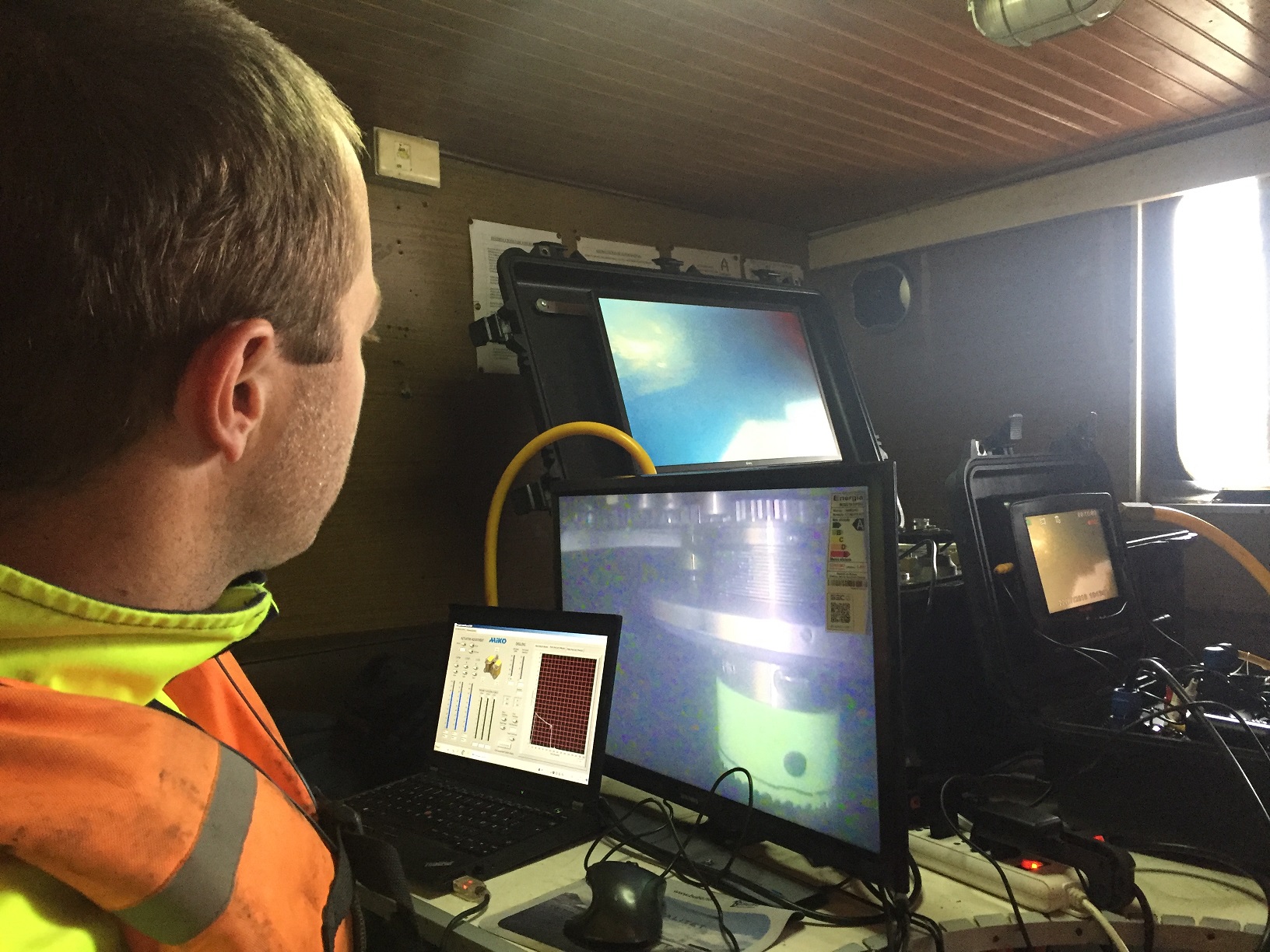Developed by Miko Marine, the Moskito has been designed to penetrate the hulls of sunken ships and extract the oil trapped inside. It was successfully used for the first time on a partly submerged wreck off Coquimbo, Chile and recovered the oil trapped inside before it could leak and pollute the coastline.
The Moskito is recognised as an important new salvage tool due to the number of vessels sunk during the Second World War. Many are approaching a level of deterioration at which oil trapped as fuel or cargo will be able to escape. A large number of these shipwrecks are in coastal waters where escaping oil can cause serious pollution damage and where governments are faced with the task of dealing with the problem in a cost-effective way.
Until now the task of removing oil from wrecks has been complex, dangerous and expensive requiring teams of divers to penetrate the hull of the wreck without allowing any of its contents to escape. Such work can only be undertaken cost effectively in water depths that are accessible to divers. Deeper wrecks requiring expensive and difficult intervention by remotely operated vehicles (ROVs) are typically ignored. For most governments, the cost/risk equation encourages them to gamble on whether the wreck will one day cause pollution and, if it does, whether the consequences will be affordable.
The Moskito can be deployed by divers or remotely operated vehicles so it can work at any ocean depth. Once in position outside a wreck’s oil tank the Moskito’s three powerful electro-magnetic feet are planted against the steel hull to hold it in place. Experience in Chile showed that it may be necessary to first clean the hull of marine growth and loose material to ensure a strong magnetic bond but once the Moskito is secure a technician on the surface then activates a 75 mm (3-inch) diameter electrically powered hole saw. With its operation monitored through a video link, the Moskito’s drill pierces the steel tank walls which may be up to 1-inch (25mm) thick. The cut disc is then pushed away inside and is immediately followed into the tank by a patented spring latch coupling that automatically connects and locks a hose to the tank without allowing any of its contents to escape. When the extraction hose is securely in position a subsea pump can be activated to recover the oil at the rate of up to 50 cubic metres per hour. If the contents prove too viscous to pump efficiently, the Moskito can make another connection to remedy the problem by creating an entry for steam injection. When a higher rate of extraction is needed, the Moskito’s compact size enables multiple units to be used close together and easily relocated without being returned to the surface.
Lars Lind, a member of the two-man Miko team that performed the first oil extraction, said afterwards; “Because it was the first time the tool had been used in the ocean we were obviously on a learning curve and inevitably found some things that we could do better the next time. Fortunately, there was nothing significant and the whole operation went smoothly and without any leakage occurring. The drill was controlled from the surface and penetrated the 8-mm hull plating without difficulty and, we discovered later, with little wear to the drill itself. Once the hole had been made the hose connection and sealing took only about a minute with the result that the entire operation took about 50-minutes and employed just one diver.”
The ease with which the Moskito can be used now changes the cost/risk equation so that authorities can behave responsibly by ensuring that any potential sources of pollution are removed in good time. The very existence of the tool may also weaken the defence of any organisation faced with compensation claims arising from its failure to remove a potential source of pollution. In many countries, the courts may look less favourably on any authority that failed to implement an oil recovery programme when one was available and affordable.






